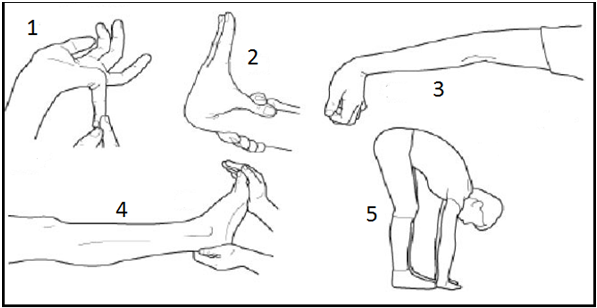Although camp went well, the following months did not. Not very far into the school year my sleep stopped becoming anything even close to resembling restful. No matter how long or how little I slept, I would wake up exhausted. I could either nap to feel better but make the problem worse or go completely insane from sleep deprivation. I tried both and neither worked. My doctor tried many things as well, alternating with every medication we could think of. Nothing even made a dent in my problems. It took hours to fall asleep, and when I did fall asleep I woke up throughout the night. If there's one situation where you're most likely to lose your mind it would be lying awake at night for hours for your sixth month in a row. Eventually my sleep specialist ran out of ideas and suggested I see a new doctor. Since I was seemingly out of other options, I did so and never saw that original specialist again.
My new sleep specialist is considered a world class expert in the field. He took one look at me and decided we needed to do a total overhaul. I would put school on hold for many months while we worked on making my sleep restorative (this was one of several factors in how I fell so far behind my age group in school.) He said the way to do this is through sleep restriction. I was still waking up at 2 pm, so he told me to set my alarm for 8 am. Obviously this was very brutal for me and I spent many months exhausted as we worked on shifting my sleep schedule. I felt too crappy to spend my time hanging out with people. Even reading and playing games took too much energy. I pretty much alternated between watching movies and banging my head on my desk repeatedly. This was also a period of time where I drifted away from many friends. I learned that the phrase "use 'em or lose 'em" applied to friends as well. Eventually my sleep schedule did indeed shift. Instead of waking up at 2 pm without an alarm I woke up at 11 am. The problem was I couldn't function at 8 am but if I got up at 11 I wouldn't be able to fall asleep on time that night because the pain made it so I could only fall asleep when completely exhausted. My neurologist wanted to see if there's a fixable problem that is the source of my pain so I got another spinal MRI. The MRI showed some Tarlov Cysts which are associated with EDS. They were really small at the time and so unlikely to be symptomatic but they do often grow, which gave me yet another thing to worry about.

Although the source of the pain wasn't a cyst, we were still determined to try to treat that pain. Unfortunately, all the pain pills we tried were either completely innefective or were slightly effective but had unbearable side effects. My neurologist wondered if medical marijuana might be a potential solution (relatively little side effects, good pain reduction) and so he referred me to another doctor who is a cannabinoid specialist. He would asses me and determine if I'm a good fit for a prescription of medical marijuana, something I purposefully have never partaken in before. I thought it would help my case if I didn't come off as someone who was already as stoner, which I wasn't anyway. It was something I wanted to try to help my pain for awhile and my patience had finally been rewarded.

